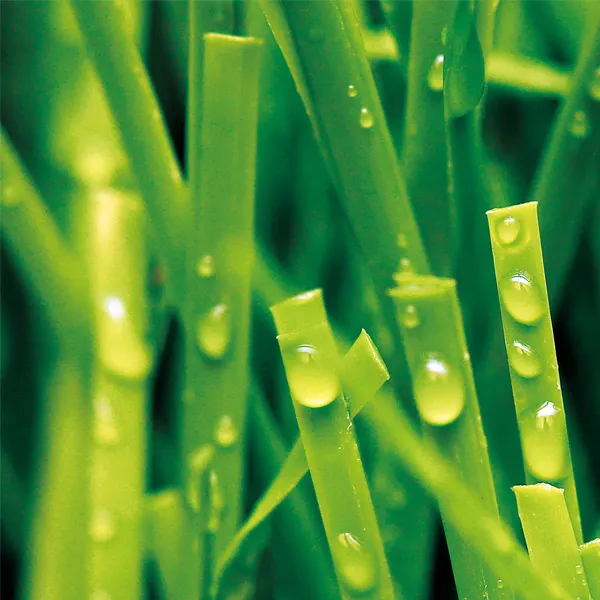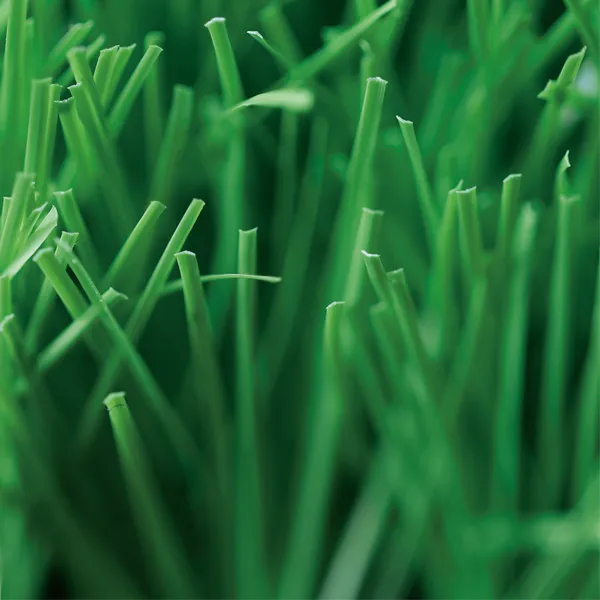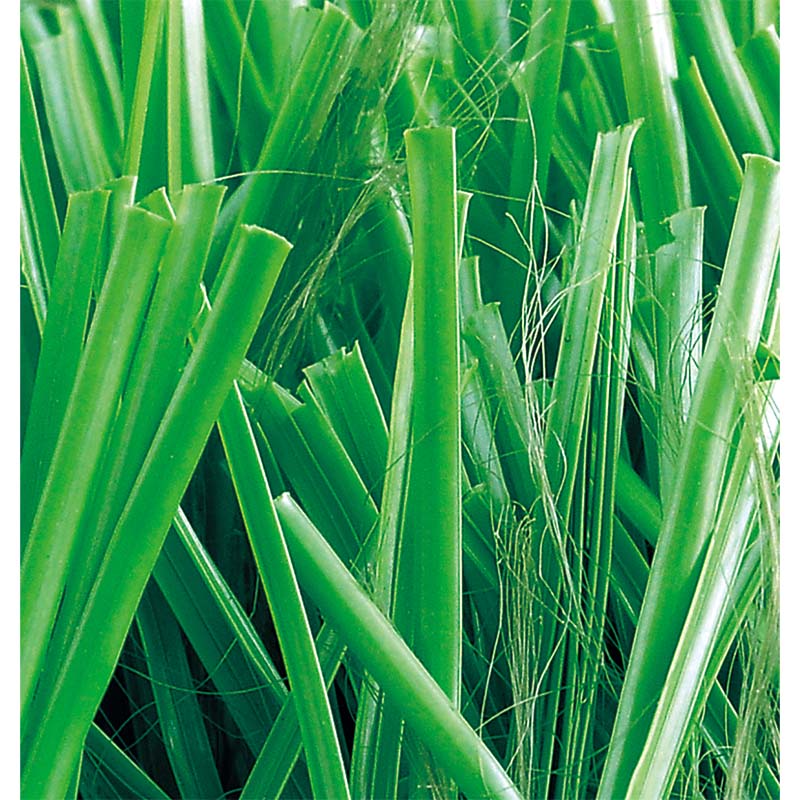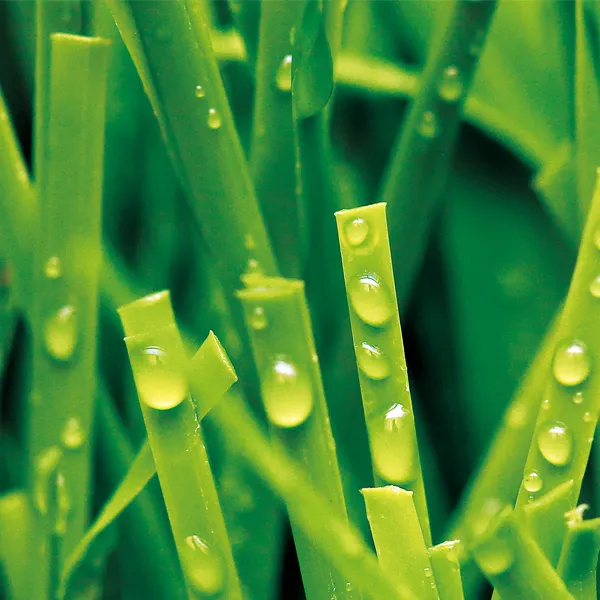Exploring the Benefits of Artificial Turf for Field Hockey and Its Impact on Player Performance

The Impact of Artificial Turf on Field Hockey
Field hockey, a sport rich in history and tradition, has seen significant transformations over the years, especially with the advent of artificial turf. The transition from natural grass to synthetic surfaces has revolutionized the game, offering numerous advantages while also introducing some challenges.
Artificial turf, commonly made from synthetic fibers that mimic the look and feel of natural grass, provides a more consistent playing surface. This consistency is crucial for a sport like field hockey, where the speed and accuracy of the ball's movement can significantly influence game outcomes. On a well-maintained artificial turf, players can expect a predictable bounce and roll of the ball, which enhances the overall quality of play. This factor is particularly important at competitive levels, where even minor variations in ball behavior can impact strategies and results.
The Impact of Artificial Turf on Field Hockey
In addition to improved playability, artificial turf also offers maintenance benefits. Natural grass requires regular mowing, watering, and fertilization, which can be costly and time-consuming. In contrast, synthetic fields require significantly less maintenance, allowing facilities to allocate resources more efficiently. However, it is essential to note that while artificial turf is lower maintenance in terms of daily upkeep, it does require periodic deep cleaning and occasional replacement, particularly in high-usage areas.
field hockey artificial turf
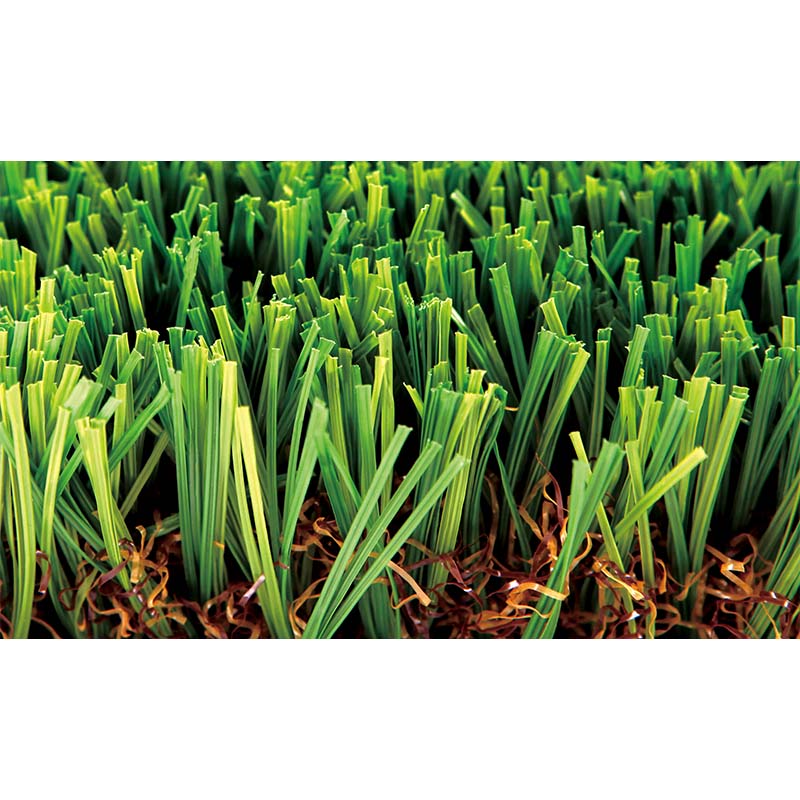
Safety is another critical aspect of the turf debate. Many advancements have been made to ensure that modern artificial turfs are designed with player safety in mind. Older versions of synthetic fields were often criticized for increasing the risk of injuries due to their hardness. However, contemporary designs feature shock-absorbing layers that help lessen the impact on players, reducing the likelihood of injuries such as sprains and fractures.
Despite the numerous benefits, the shift to artificial turf has not been without its controversies. Environmental concerns regarding the materials used in synthetic fields, such as rubber infill, have sparked debates among players, coaches, and environmentalists. Some research has raised questions about the potential health risks associated with these materials, prompting ongoing studies and discussions about the best practices for turf installation and maintenance.
Furthermore, there is a cultural aspect to consider. For many players and fans, the smell of fresh-cut grass and the feel of playing on natural surfaces evoke nostalgia and a connection to the sport's roots. The aesthetics and experience of playing on grass are often cherished, and the shift to artificial surfaces can feel like a departure from tradition.
In conclusion, artificial turf has significantly influenced field hockey by providing a consistent, durable, and low-maintenance playing surface that enhances the overall quality of the game. While it presents numerous advantages in terms of safety and reliability, it also poses challenges and raises environmental concerns that need to be addressed. As the sport continues to evolve, finding a balance between tradition and innovation will be crucial to ensure field hockey remains not only competitive but also sustainable and enjoyable for future generations.
With years of expertise in artificial grass, we're dedicated to providing eco-friendly, durable, and aesthetically pleasing solutions.
Our commitment to quality and customer satisfaction shapes every blade of grass we produce,
ensuring that we not only meet, but exceed,your landscaping expectations.

